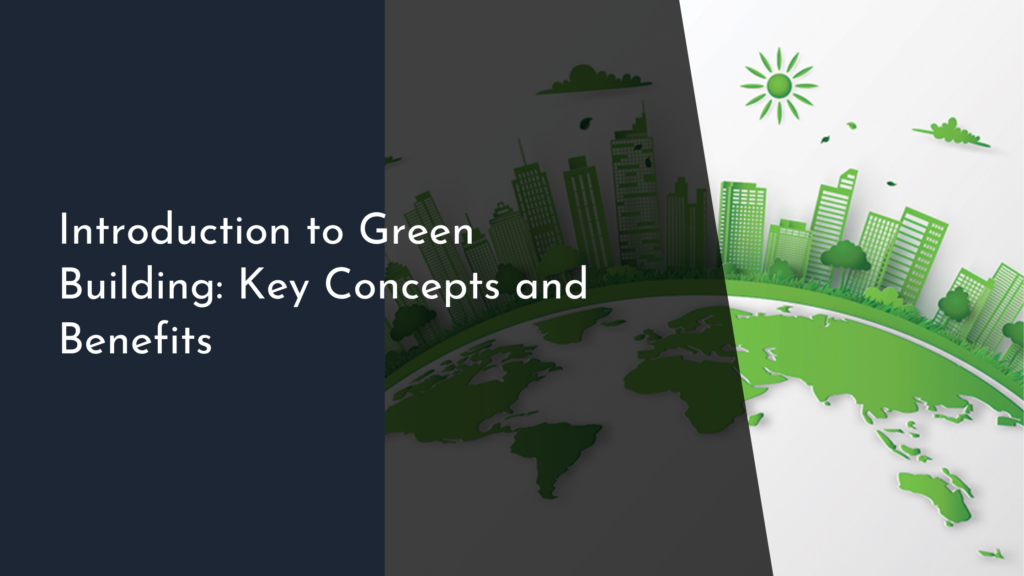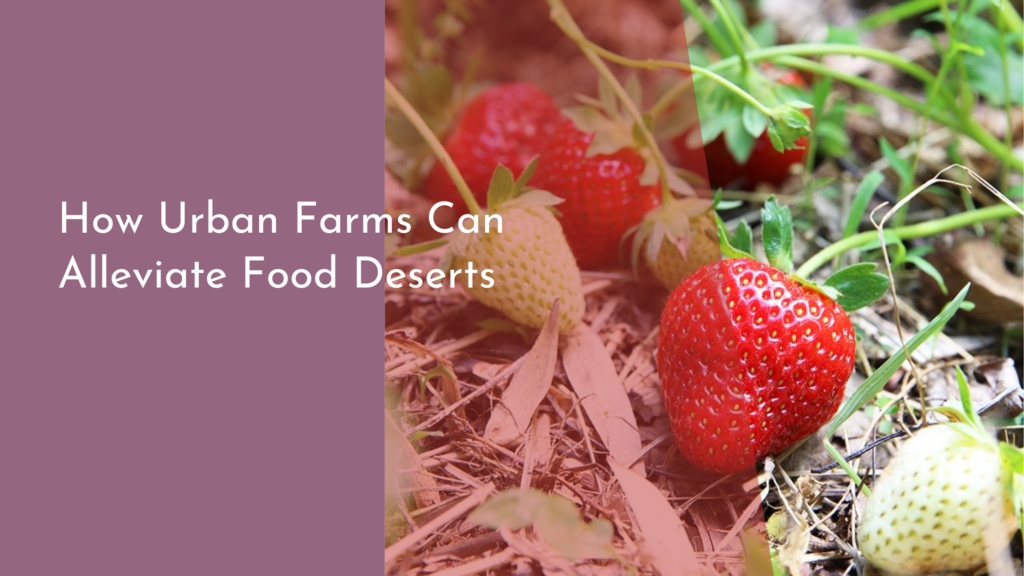Integrating Rainwater Harvesting into Sustainable Urban Drainage Systems
As urban populations continue to swell and climate change becomes an ever-pressing concern, cities around the globe are seeking innovative solutions to manage stormwater effectively. One such solution is rainwater harvesting (RWH), an age-old practice that has gained renewed attention for its potential to enhance sustainable urban drainage systems (SUDS). By integrating RWH with SUDS, cities can mitigate flooding, conserve water, and promote ecological balance. This article explores the myriad benefits of rainwater harvesting, the transformation of urban drainage systems, innovative techniques for effective integration, and the exciting movement towards more sustainable cities.
Discover the Benefits of Rainwater Harvesting Today!
Rainwater harvesting offers a plethora of benefits that extend beyond simply collecting water. Firstly, it helps reduce the volume of stormwater runoff, which can overwhelm drainage systems during heavy rainfall. By capturing rainwater, cities can prevent flooding, decrease the risk of urban waterlogging, and protect infrastructure. Additionally, rainwater harvesting can reduce the need for expensive stormwater management solutions, ultimately saving cities money in the long run while also alleviating pressure on wastewater treatment facilities.
Moreover, rainwater is typically of higher quality than groundwater and surface water, making it suitable for non-potable uses such as irrigation, toilet flushing, and cleaning. This not only promotes water conservation but also reduces the demand on treated drinking water supplies. In an era marked by water scarcity and increasing environmental awareness, integrating rainwater harvesting into urban designs is not just beneficial; it is essential for fostering sustainable urban ecosystems.
How Urban Drainage Systems Can Go Green and Efficient
Urban drainage systems have traditionally focused on moving water away from developed areas as quickly as possible. However, this approach can lead to numerous environmental issues, including water pollution and decreased groundwater recharge. By adopting green infrastructure practices, urban drainage systems can be reimagined to work with nature rather than against it. Integrating rainwater harvesting into these systems allows cities to manage stormwater more holistically, promoting infiltration and reducing reliance on conventional piped drainage methods.
Furthermore, green urban drainage systems can enhance urban landscapes by creating green spaces, such as rain gardens and bioswales, which serve multiple purposes. These areas not only help filter pollutants from stormwater but also provide habitats for wildlife, improve air quality, and offer recreational spaces for residents. By transforming urban drainage systems into multifunctional green networks, cities can achieve greater resilience against climate change impacts while enhancing the overall quality of life for their inhabitants.
Innovative Techniques for Effective Rainwater Integration
To maximize the benefits of rainwater harvesting within urban drainage systems, innovative techniques and technologies are emerging. One such approach is the implementation of permeable pavements, which allow rainwater to infiltrate through surfaces like parking lots and walkways, reducing runoff and recharging groundwater. Coupled with rainwater harvesting systems, these surfaces can capture and store rainwater for later use, creating a closed-loop water management system that promotes sustainability.
Another promising technique involves the use of smart sensors and IoT technology to monitor rainwater levels and system performance in real-time. This data-driven approach enables cities to optimize the operation of their drainage systems, ensuring that excess rainwater is captured efficiently while minimizing flooding risks. By embracing these innovative strategies, urban centers can not only enhance their resilience to extreme weather events but also cultivate a culture of sustainability that engages and empowers local communities.
Join the Movement: Make Your City More Sustainable!
As awareness of environmental challenges grows, so does the movement towards sustainable urban practices. Citizens, city planners, and environmental advocates are all key players in making rainwater harvesting a staple of urban infrastructure. By participating in community workshops, advocating for supportive policies, or even implementing small-scale rainwater harvesting systems at home, individuals can make a meaningful impact on their local ecosystems. Every drop counts, and collective action can lead to a significant reduction in water waste and environmental strain.
Moreover, engaging with local governments and organizations that promote green infrastructure can further catalyze change. Supporting initiatives that prioritize rainwater harvesting and sustainable urban drainage systems can help reshape the way cities manage their water resources. Together, we can create vibrant, resilient urban environments that not only withstand the challenges of climate change but also thrive, ensuring a healthier planet for future generations.
Integrating rainwater harvesting into sustainable urban drainage systems is a win-win for cities, communities, and the environment. By harnessing the power of rainwater, urban areas can enhance their resilience, promote water conservation, and create green spaces that benefit all residents. With innovative techniques and collective action, we can pave the way for a more sustainable future. Let’s embrace the movement towards greener cities, one drop at a time!


